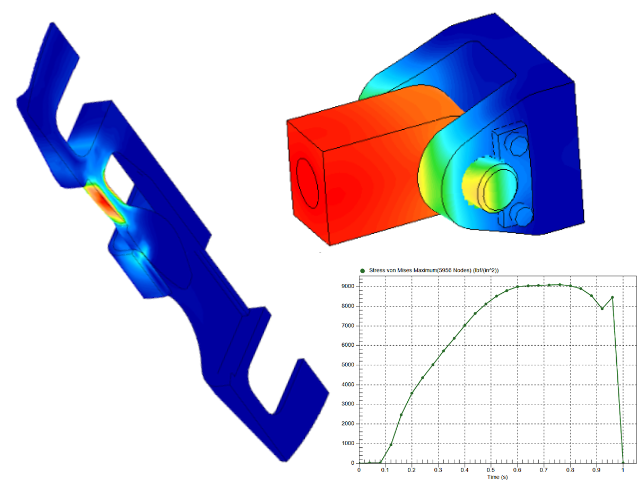
In these short topics, we introduce you to Autodesk® Simulation Mechanical. There are three steps to learn the basics:
Step 1: Watch the Quick Start Videos
These five short videos take you through the basics of Simulation Mechanical. Feel free to watch all five in series or explore a Quick Start Tutorial along the way.
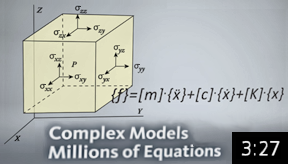
|
The Mechanical Simulation Story In this video we briefly explore the background of finite element analysis (FEA), the reasons for performing simulations, and what types of simulations you can perform using Autodesk® Simulation Mechanical. |
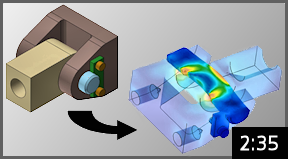
|
Where to begin? Watch this video to learn about the overall Simulation Mechanical process. |
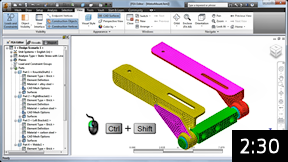
|
How do you navigate the model, set the selection mode, and control the part appearance? Watch this short video to learn how to work with Simulation Mechanical. |
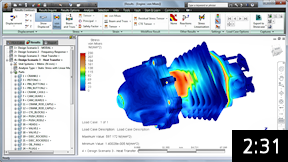
|
What do you need to know about the user interface to get started quickly? Watch this video to find out. |
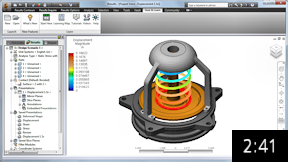
|
Where can you learn more about Simulation Mechanical? Watch this video to find out about additional learning resources. |
Step 2: Do a Quick Start Tutorial
There are two quick start tutorials—one linear static stress analysis and one mechanical event simulation (MES). Each is a typical example of using Simulation Mechanical. They both introduce similar concepts, but the MES example includes the additional setup needed to define how the nonlinear event proceeds over time. Choose the one that most interests you.

|
Please consult this introductory page for a brief overview. General comments are provided along with instructions for downloading the model datasets. |

|
Linear Static Stress Analysis of a Pin Joint Assembly Determine the stresses, displacement, and contact forces in a pin joint assembly due to a tensile force applied to the rod eye. |
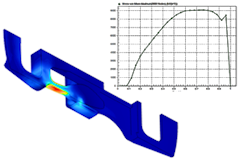
|
Mechanical Event Simulation of a Snap-Fit Clip Assembly Determine and graph the stress, as a function of time, for a clip assembly as the two parts are pushed together. |
Step 3: Apply what You have Learned
Now that you have explored the basics, it is time to start creating your own simulations. The skills you have learned in these quick start videos and tutorials will help you with your own structural analyses. In addition, you can analyze heat transfer, linear dynamics (vibration), electrostatics, naval shock, and mass transfer using Simulation Mechanical. All analysis types share the same user interface and basic workflow procedures.
As you explore more Simulation Mechanical functionality, remember to consult the following additional resources. These and more are also summarized in the Quick Start Keep Learning Video:
- User's Guide (in-depth coverage of FEA concepts, the user interface, meshing, analysis setup, and more)
- Essential Skills Videos (arranged by topic and covering the user interface, meshing, analysis setup, results evaluation, and more)
- Tutorials (detailed modeling and analysis tutorials that are more in-depth than the quick start tutorials)
- Fatigue Wizard help (concepts and procedures for performing fatigue life and safety factor analyses)